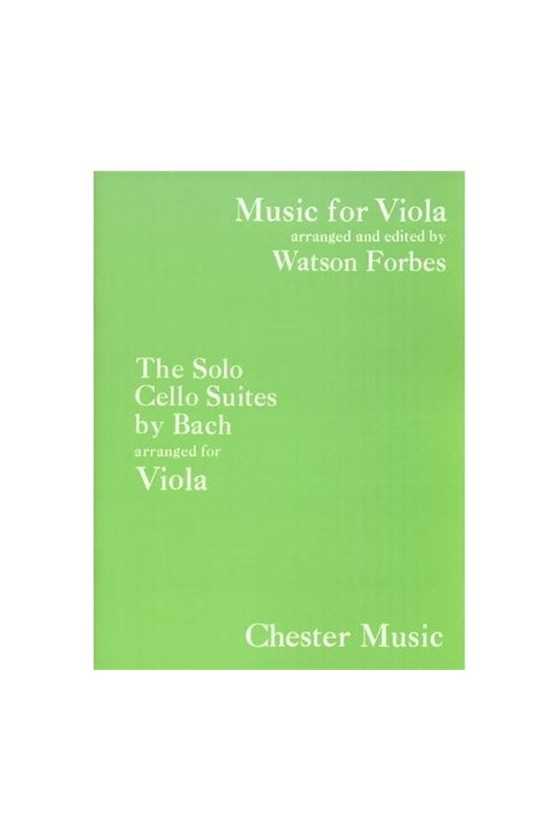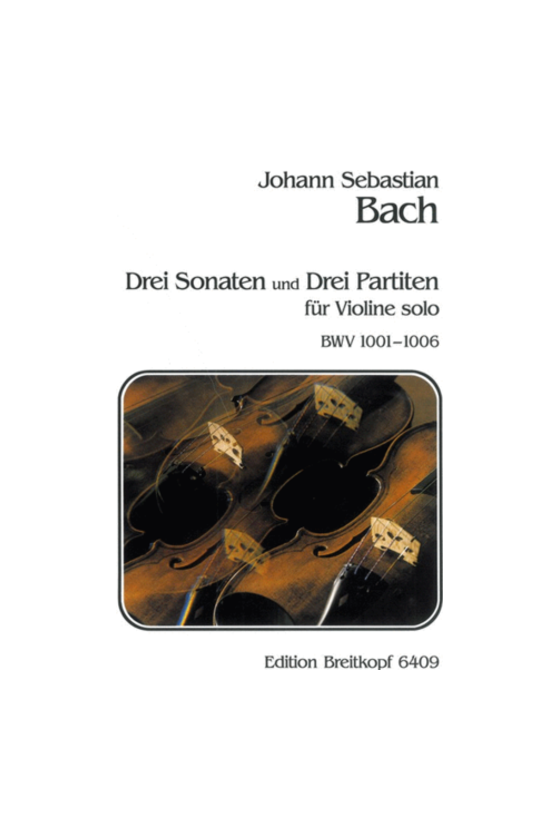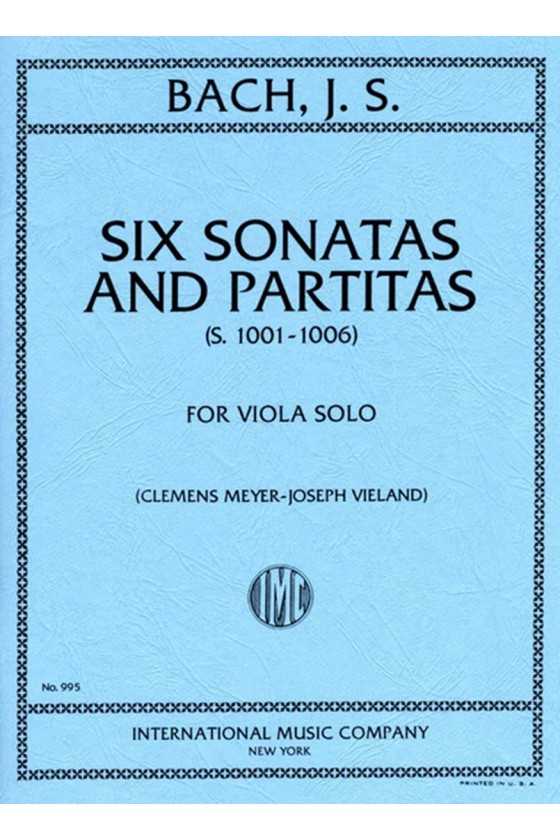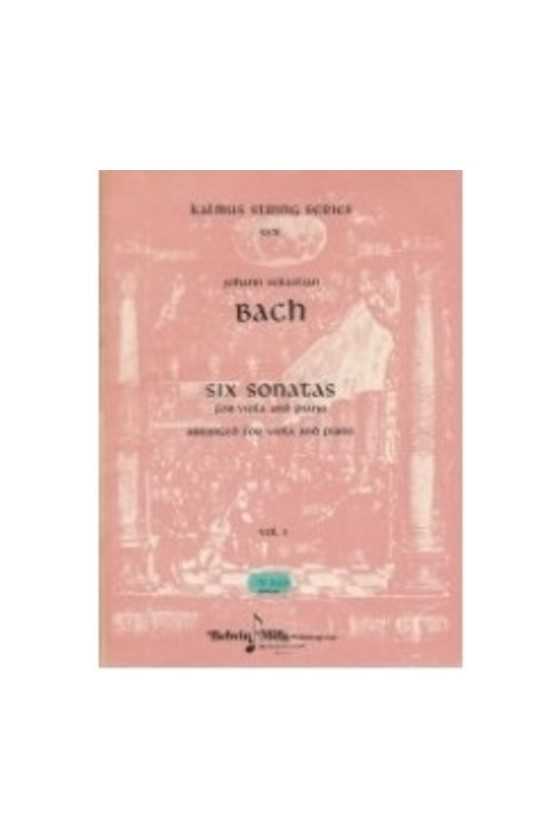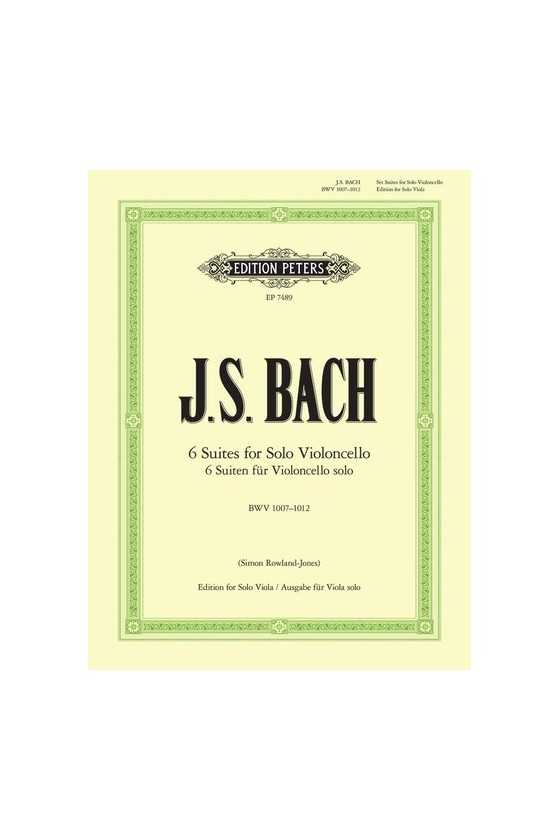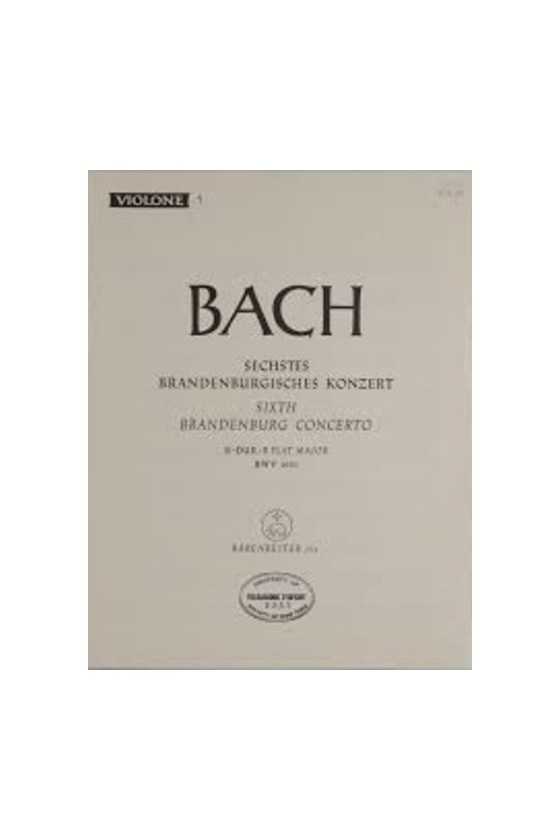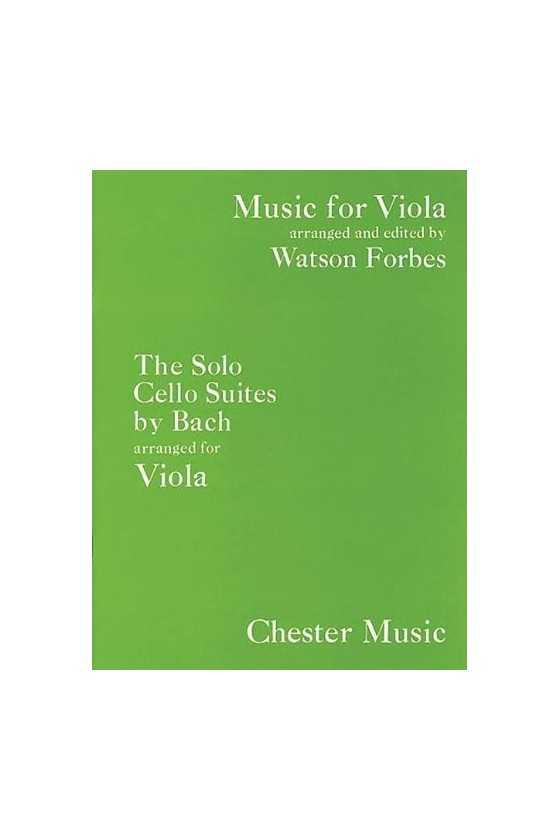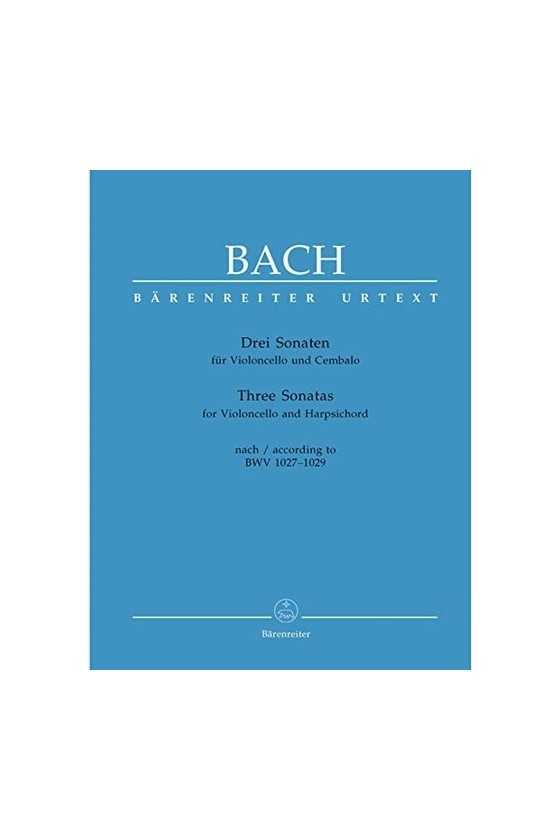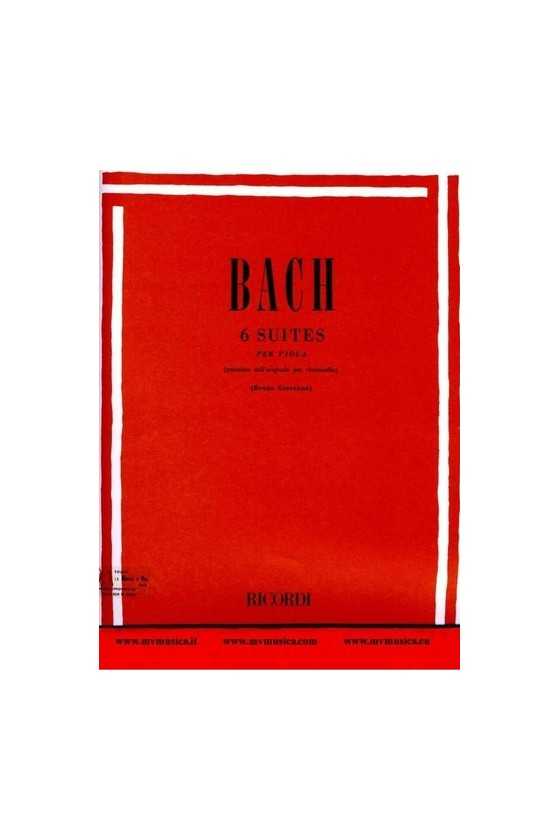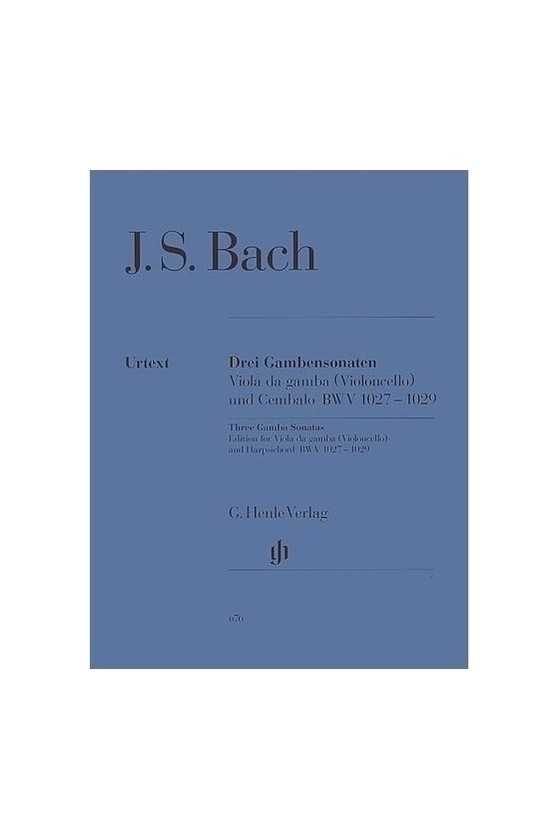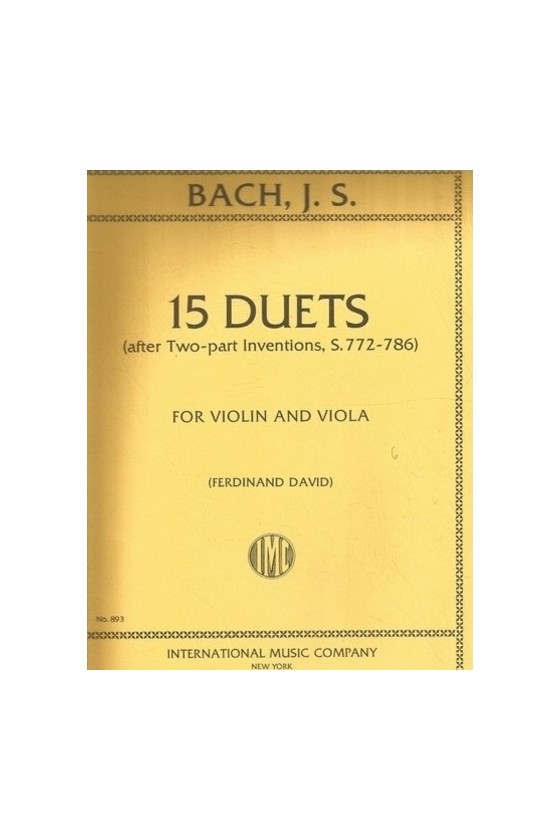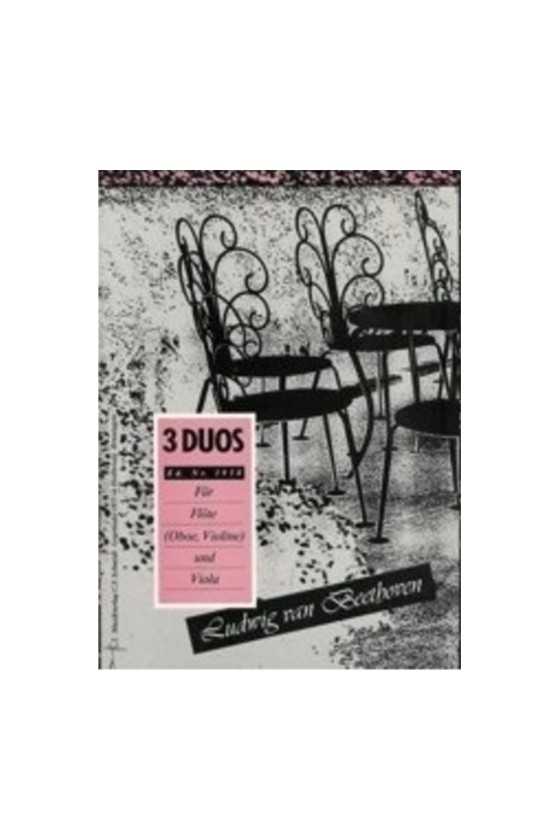Bach, Johann Sebastian
Johann Sebastian Bach (31 March 1685 – 28 July 1750) was a late Baroque German composer and performer. Instrumental works include the Cello Suites and Brandenburg Concertos, as well as keyboard pieces like the Goldberg Variations, The Well-Tempered Clavier, and the Toccata and Fugue in D minor, and vocal works like the St Matthew Passion and the Mass in B minor. He has been widely recognized as one of the finest composers in the history of Western music since the 19th-century Bach Revival.
When Johann Sebastian Bach was born as the last child of a city musician in Eisenach, the Bach family already had several composers. After being orphaned at the age of ten, he resided with his oldest brother Johann Christoph for five years before continuing his musical education in Lüneburg. He returned to Thuringia in 1703, working as a musician for Protestant churches in Arnstadt and Mühlhausen, as well as for extended periods at courts in Weimar, where he developed his organ repertoire, and Köthen, where he primarily worked in chamber music. He worked as a Thomaskantor (cantor at St. Thomas) in Leipzig starting in 1723. He wrote a piece for the city's main Lutheran churches and the Collegium Musicum, the university's student group. He began publishing keyboard and organ music in 1726. He had tense ties with his employer at Leipzig, as he did in several of his previous jobs, a situation that was hardly improved when he was given the title of court composer by his ruler, Augustus III, Elector of Saxony and King of Poland, in 1736. He revised and expanded several of his previous works throughout the final decades of his life. At the age of 65, he died of complications after eye surgery in 1750.
Bach's command of counterpoint, harmonic and motivic organization, and his appropriation of rhythms, forms, and textures from outside, primarily from Italy and France, enhanced established German genres. Hundreds of religious and secular cantatas are among Bach's works. He wrote Latin church music, Passions, oratorios, and motets, among other works. He used Lutheran hymns often, not just in his major vocal works but also in his four-part chorales and holy songs. He composed a lot of music for the organ and other keyboard instruments. He wrote concertos for violin and harpsichord, as well as suites for chamber music and orchestra. Many of his compositions use the canon and fugue genres.
Bach's keyboard music, such as The Well-Tempered Clavier, was praised for its educational characteristics throughout the 18th century. Several significant Bach biographies were published in the nineteenth century, and by the end of the century, all of his known music had been printed. Scholarship on the composer continued to be disseminated via magazines (and subsequently, websites) dedicated only to him and other publications like the Bach-Werke-Verzeichnis (BWV, a numbered catalog of his works) and new critical editions of his works. His work was popularized further via various arrangements, such as the Air on the G String and "Jesu, Joy of Man's Desiring," as well as recordings, such as three separate box sets including full performances of the composer's output commemorating his 250th birthday.
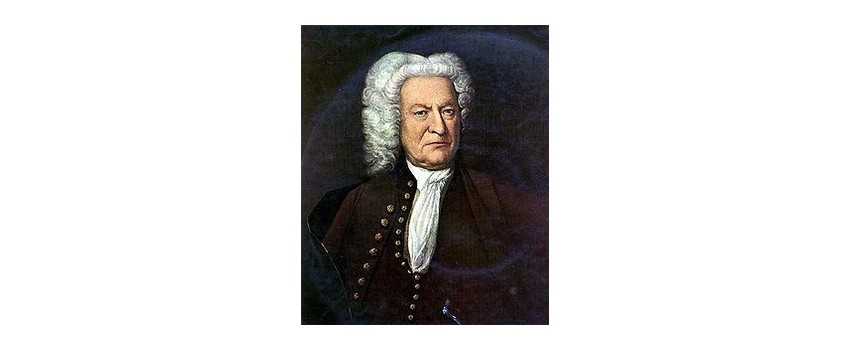
Bach, Drei (Three) Sonatas For Viola (Breitkopf & Härtel)
Bach, Drei (Three) Sonatas For Viola (Breitkopf & Härtel)
Bach, Six Sonatas And Partitas For Viola (IMC)
Experience Johann Sebastian Bach’s Six Sonatas and Partitas, now masterfully arranged for viola by Meyer-Vieland. This edition combines the architectural brilliance and emotional depth of Bach’s original violin works with the viola’s rich, resonant sound. Key features include:
• Faithful adaptation of all movements for viola
• Clear fingerings and editorial commentary for authentic interpretation
• Technical accessibility without compromising musical integrity
• Ideal for advanced students and professional violists
• Presented in the esteemed International Edition, ensuring quality and authority
Bach 6 Suites For Cello Transcribed For Viola (Ricordi)
BACH: 6 Suites
Per viola - For viola
Transcritte dall'originale per violoncello - Transcribed from the original for violoncello
(Bruno Giuranna)
Ricordi Edition
Bach 4 Duets For Violin And Viola (Universal)
Bach, 4 Duets for Violin and Viola (Universal)

